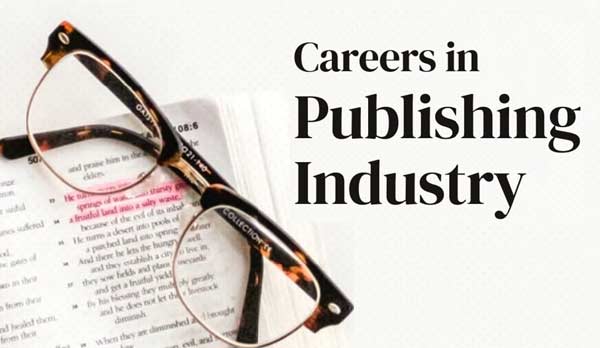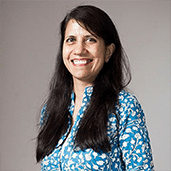
Career in Publishing
- Brief about the publishing industry
The publishing industry is full of surprises, it’s a constantly churning cauldron of surprises. You don’t know what will work, what will not. Which idea will hit home and which will not. Which book will become a bestseller and which will not. Every publisher will vouch for the fact that sometimes the best ideas, the most wonderful stories, the most compelling plots and storylines don’t make it across the finish line in the way you think they will. But then it is this unpredictable, surprising, unfathomable nature of publishing which also makes it so interesting and so vibrant.
If there is anything the last two pandemic years have taught us it is that books are important, that in a crisis or otherwise, in the most unusual of circumstances, books sustain us just like food, water and air and are just as essential. Book consumption surged by a whole mile during the last two years, and this has both surprised and delighted publishers across the board.
Today there are a lot more publishing houses – both international and local. More international publishers being represented here whether through subsidiaries or otherwise. There has been a significant growth in the number of publishing houses overall. Which effectively is a reflection of market sentiment. Interestingly the growth in the children’s segment has been even more remarkable with the launch of new imprints and publishing houses catering solely to children’s books in the last decade.
Local publishers aim to find stories that are Indian in ethos but global in relevance. Publishers have to help establish a strong local identity so authors and illustrators can embrace this with a greater degree of confidence. And this is where the publishers’ role is the most critical.
The children’s segment has seen remarkable growth over the decade or so, and if the current pace is any indication, it is likely to accelerate ever further. This is therefore the perfect time for children’s publishers to grow their business as there is a growing acceptance of locally produced books.
- Different roles and required skillset
Like every other publishing business, the start and end point of a good book is a good editor. In terms of educational background, a post-graduate degree in English literature is good but not essential. What is more important is exposure to books and publishing. To be a reader. That really is the most important, the most critical requirement. A better understanding of genres and subjects will flow naturally from a greater exposure to different formats, subjects, themes. Keeping abreast of new releases whether local or international, will help keep track of publishing trends and what is currently bestselling. Bestselling books at any particular time are an excellent indicator of reading behaviour and preferences. Sometimes these are the clues and pointers that trigger more bestselling ideas and themes. For children’s books there is also an added dimension: exposure to the visual aspect. You need to see and appreciate different illustration styles, different kinds of treatments, different visual aspects to appreciate and understand the visual scope of the book. This training comes in handy when you begin to choose and match up story to the illustration style that would be most suitable and then try to find the perfect artist to help transform the story from just words to words and pictures.
Editors can be of many types: Commissioning editors find new voices, new authors, new manuscripts. They can also have an idea they’d like to commission and find a suitable author to transform the idea into a manuscript that is worth publishing. If required, commissioning editors also find the right fit for the illustration style and commission the artist for the book. Editors and copy editors are also deeply involved in the editorial process and book development. They will edit, proofread, commission illustrators and overview the project end-to-end. Different books have each their own specific requirement. Books might need a structural edit and a copy edit. During a structural edit, an editor will advise an author about any structural changes that might be necessary in the book for coherence, for strengthening the plot or for any other reason particular to that story. They might also ask the author to flesh out some parts, develop characters, delineate relationships and more. During a copy or line edit, the editor will look closely at language, word usage, the overall structure and the storyline.
Non-fiction is a strong genre in trade publishing and is becoming increasingly popular too. When an editor is working on a manuscript that comprises primarily of reference material, the most important thing he/she needs to watch out for is that the text has not been lifted straight off the net. If the author had been given a content brief to start with the editor has to check whether or not this has been adhered to. If the editor finds that there are any deviations from the brief during this preliminary check, he/she can ask the author to revise the manuscript suitably and rewrite the parts that are unsuitable. The editor also checks the veracity of the information in the manuscript before the manuscript is edited. Once the editor is satisfied with the information contained in the manuscript, he/she can begin to edit the language and check the format. Format and design play an important role in non-fiction as information heavy manuscripts tend to get boring if the text has not been presented imaginatively.
- Perks of being in Publishing
The biggest perk of being in publishing is being privy to the greatest ideas, greatest stories, greatest manuscripts, before they are published. To be part of the development of each book, to mould it into shape, to see it develop from its most preliminary and nascent stage to a book that is edited, proofread, illustrated if it needs to be, formatted and then encased within the most suitable cover design, and capped by the perfect blurb. And after months of hard work to see your most cherished product ready to go out into the world. And then to wait and hope that readers will love the book just as much as you loved putting it together for them. This then is what publishing is all about! And it will remain thrilling, compelling and relevant for as long as authors spin stories, stories spin books and books spin readers!

